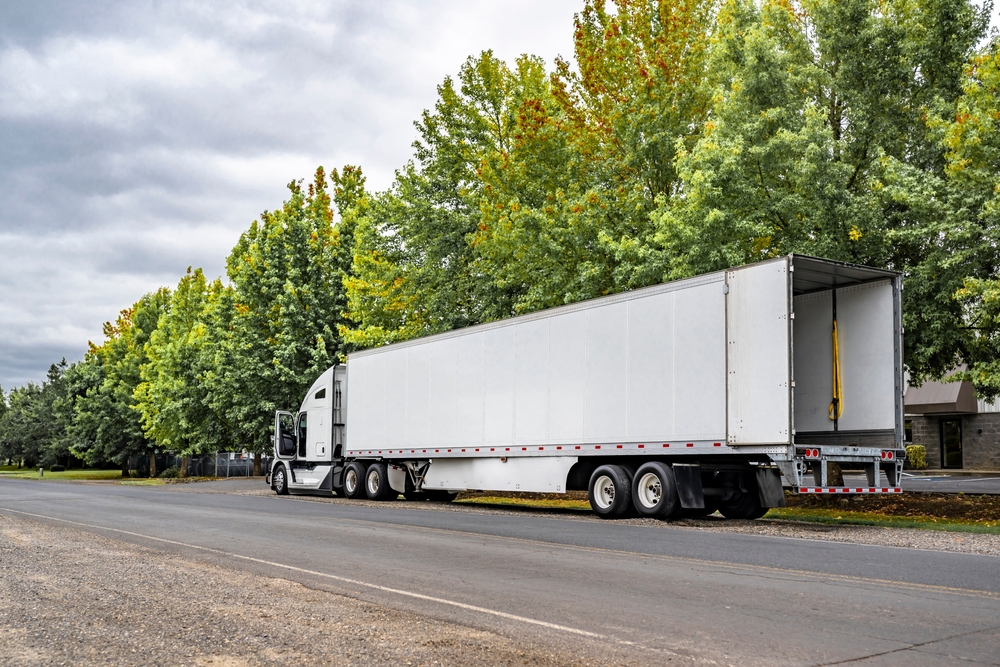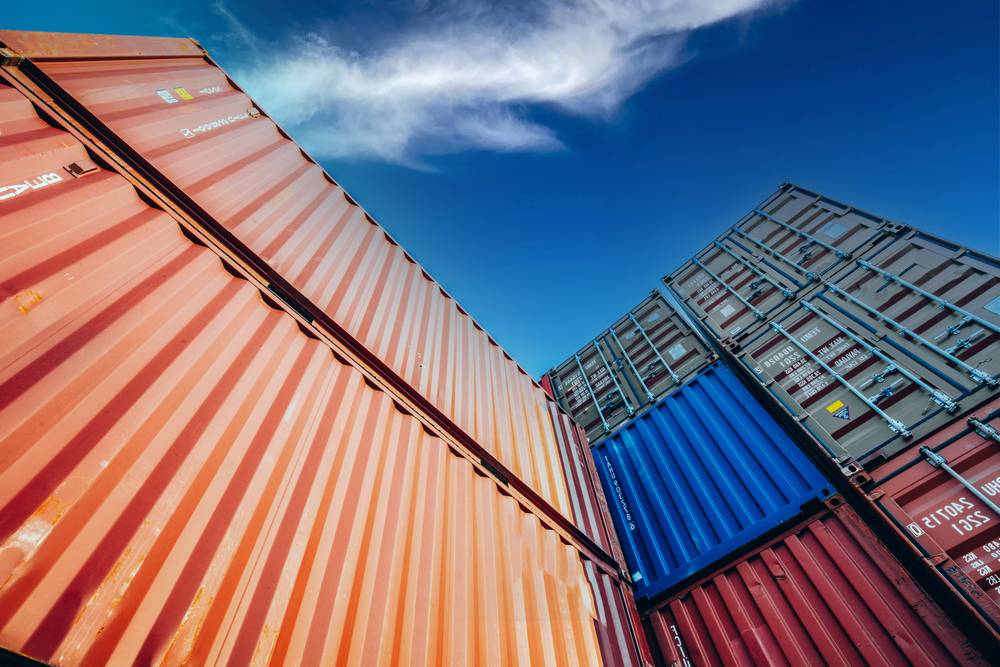A Minnesota congressman has revived pressure to remove flammable wet lines, pipes underneath cargo tankers, saying they pose a high risk to motorists who may be involved in crashes with the haz-mat trucks.
But members of the tanker industry say the odds of fatal wet lines accidents is around 1-in- 30 million. Barbara Windsor, president of the tanker company Hahn Transportation, said the industry’s record of safety shows there’s no justification for requiring equipment to purge wet lines.
Able to carry up to 50 gallons of cargo, often petroleum fuels, wet lines can rupture during accidents and release their cargo. Representative James Oberstar introduced a measure as part of a reauthorization bill for the federal haz-mat safety program. Other measures include tightening up haz-mat permitting and adding more federal investigators for hazardous materials transportation.
Of the 184 occurrences of wet lines being damaged or ruptured in the past decade, 13 deaths and seven cases of injury have been recorded. According to PHMSA, all seven injured and six of the 13 fatalities were a result of spills from the wet lines, rather than from collision impact.
Windsor, who is also first vice-chairman of the American Trucking Associations, said during that timeframe there were in excess of 180 million shipments of flammable liquids. Getting struck by lightning was 6,000 times more likely than being killed in a wet lines accident, she testified to a congressional panel Nov. 16.
Balancing the risks posed against the costs of retrofitting tankers with a pumping system. The National Transportation Safety Board (NTSB) has long had wet line prohibition as a goal. Five years ago, the Pipeline and Hazardous Materials Safety Administration (PHMSA) analyzed the benefits and costs of eliminating flammables in wet lines, but tossed the idea as cost-prohibitive. It did, however, say in September that it will begin new rulemaking to prevent flammable liquid transportation in “unprotected product piping” for current and new tankers, though the administration hasn’t published that yet.
The industry and PHMSA disagree on the cost and scope of equipment that would be affected by such a ruling. PHMSA says 15,000 tankers would bear a cost of $4,000 each, but the industry estimates the reality would be 26,000 tanker trailers bearing a $5,000 load for retrofitting.
Source: TruckingInfo.com: Pressure Grows to Prohibit Flammables in Tanker Wet Lines. Oliver B. Patton.











I own and operate in ca five tankers petroleum varied. So when a person drives underneath A trailer
the results are dangerous so why do I have to bear this burden because you can not drive as well there should be a kill switch in cars so when they park under a tanker truck they will not barbecue with out mesquite.it amazes me as driver I must help you solve your mistake.not only do we cal hold responsibility for your mistake it will have lasting consequences no matter any solution or bill,act, law you can not prevent the human factor. I quote water is life giving and holds many properties when refinedyet left alone it will refresh a thirsty soul!refined we explore our universe! At the hands of science we make history and destroy continents! Wetline are safe vapor is not. Wow